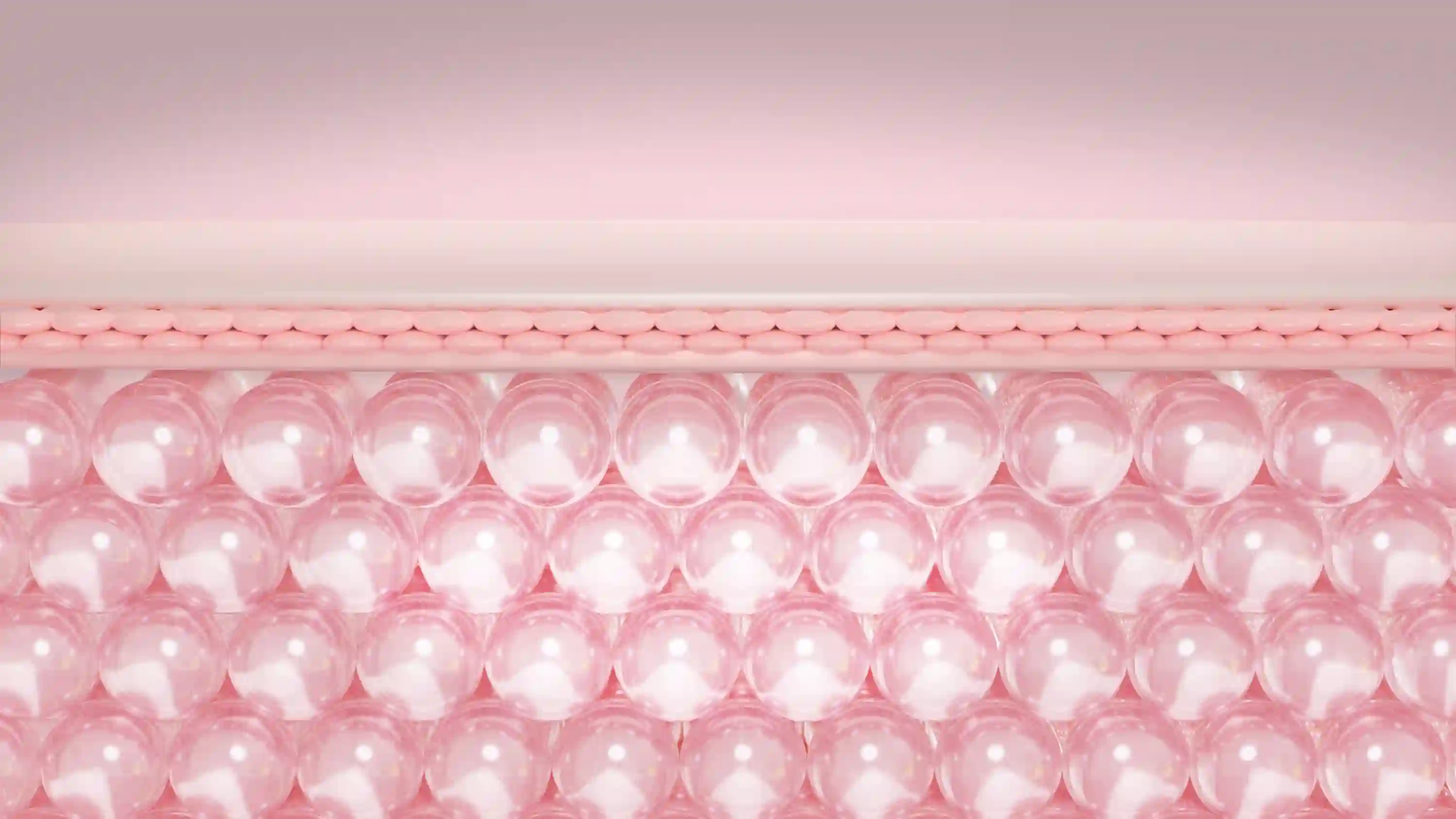


What is Collagen Banking?
Collagen banking is a preventative skincare treatment that stimulates your body's natural collagen production before visible signs of ageing appear. The procedure uses bio-stimulating injectables to encourage your skin to produce and store collagen whilst you still have good reserves. By banking collagen in your 20s and 30s, you can help maintain skin quality and delay wrinkles, fine lines, and volume loss that occur as collagen production naturally declines with age.
Who May Consider This Treatment
Biostimulating treatment may be considered for individuals who wish to take a proactive approach to skin ageing, particularly in the following situations:
- Patients in their mid-20s to early 30s who wish to maintain their current skin quality before visible ageing signs appear.
- Those who have noticed premature ageing in family members and may benefit from starting collagen banking as a preventative measure.
- Individuals with outdoor lifestyles, frequent sun exposure, or smoking habits, which can lead to faster collagen breakdown and could benefit from building reserves early.
- Patients who wish to maintain their natural facial volume and contours rather than correcting changes after they occur.
What Are the Potential Benefits of Collagen Banking Treatment
While individual results vary, collagen banking may help to provide:
- Support for skin quality and elasticity by stimulating collagen production early, the skin may maintain better elasticity and firmness over time.
- Delayed appearance of ageing signs. Banking collagen helps postpone the onset of fine lines, wrinkles, and volume loss by maintaining the skin's structural support before natural depletion.
- Natural-looking improvements as treatment works with your body's natural collagen production, creating gradual improvements that look natural.
- Minimal downtime compared to more intensive treatments that may be needed later in life, this approach typically requires minimal recovery time.
- Long-term support as starting preventative treatments early may reduce the need for more extensive procedures later on.
Treatment Technique
Biostimulating treatments are administered through a series of injections designed to support the body’s natural collagen production.
- Polynucleotide treatments (e.g. Plinest, Rejuran): These naturally-derived molecules stimulate fibroblasts to produce collagen whilst improving skin hydration and cellular repair.
- Calcium hydroxylapatite injections (e.g. Radiesse): This bio-stimulator provides immediate subtle volume whilst triggering collagen production over several months. The calcium microspheres gradually dissolve, leaving newly formed collagen.
- Poly-L-lactic acid treatments (e.g. Sculptra): This synthetic bio-stimulator works gradually over several sessions to build collagen in deeper skin layers, creating natural-looking improvements over months.
- Combination approaches: For a more comprehensive result, a practitioner may combine different biostimulators or alternate them to target various skin depths.
For example, a treatment plan could involve using a Poly-L-lactic acid (PLLA) based product like Sculptra for deeper volume restoration, while a Polynucleotide product like Plinest or Rejuran is used for surface skin quality.
What to Expect After the Procedure
- First 24 hours: Mild swelling, redness, or tenderness at injection sites typically resolves within hours. Apply cold compresses if needed and avoid touching treated areas.
- First week: Avoid intense exercise, saunas, and extreme temperatures for 48 hours. Continue regular skincare but avoid harsh products or exfoliants for one week.
- Recovery timeline: Injection marks or mild bruising fade over several days. Skin may feel slightly firm as the product settles, a temporary effect that will smooth out.
- Follow-up care: Your doctor will advise on the recommended treatment schedule, which typically involves 2-3 initial sessions spaced several weeks apart, followed by annual maintenance.
Potential Risks and Side Effects
Collagen banking treatments are generally well-tolerated. Possible side effects include:
- Temporary redness, swelling, and minor bruising at injection sites. These typically resolve within a few days.
- Small, temporary lumps or firmness that smooths out as the product integrates into the skin.
Following pre- and post-treatment instructions from your doctor helps reduce the risk of these complications.
Frequently Asked Questions About Collagen Banking
When should I start collagen banking?
Most doctors recommend starting in your late 20s to early 30s when natural collagen production slows. Ideal timing varies based on genetics, lifestyle, and skin condition.
How long do collagen banking results last?
While results can differ from person to person, outcomes from bio-stimulators typically last 12-24 months. The collagen your body produces remains part of your skin structure, providing lasting benefits.
Can I have collagen banking if I've already had fillers?
Yes, collagen banking complements existing treatments and can be incorporated into your long-term aesthetic plan. Dermal fillers (e.g., Juvederm, Restylane) provide immediate volume and lift, while biostimulators work to improve the skin's overall quality and structure from within. Your doctor will assess your treatment history and create an appropriate, sequenced plan that works with any previous procedures.
How many sessions will I need?
Most patients require 2-3 initial sessions for optimal results, followed by annual maintenance. Your doctor will personalise your treatment schedule based on your skin's response.







